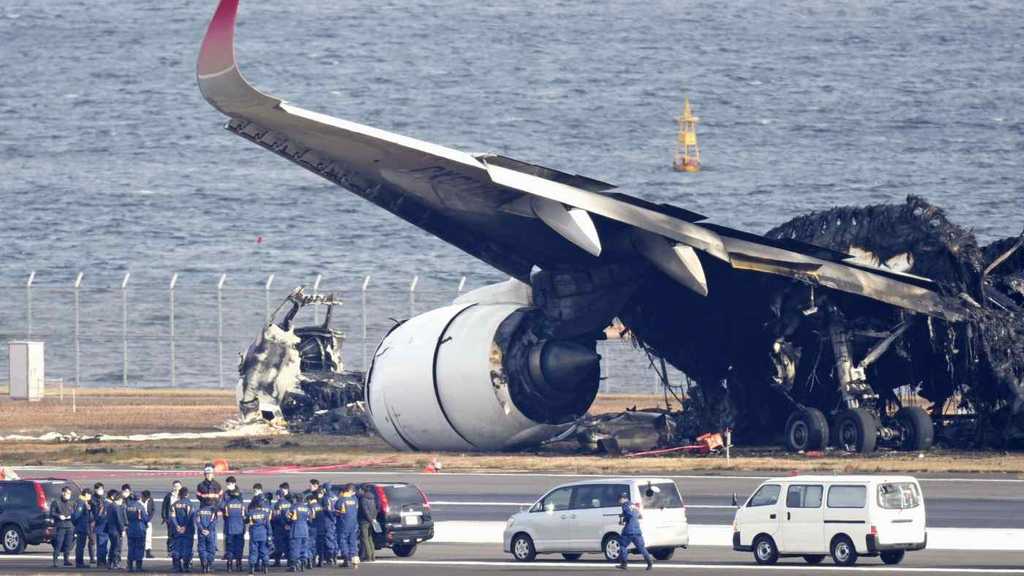Conflicting Reports Surround JAL Collision at Haneda Airport

Japan's Ministry of Land, Infrastructure, Transport and Tourism (MLITT) recently released a transcript of the Air Traffic Control (ATC) audio communications at Tokyo's Haneda Airport. The transcript illustrates that JA722A received instructions to taxi to the C5 intersection hold short point while JL516 was simultaneously cleared to land. The subsequent collision raised issues about several aspects of the incident including the Coast Guard pilot's entry to the runway against instructions, and the control tower's failure to note the warning system. The convergence of these factors prevented a larger loss of life, but also raised concerns about the threat of airplane collisions on the ground and unanswered questions about airplane evacuations. Amidst the chaos, the safe evacuation of 367 passengers was largely due to the disciplined behavior of the crew and passengers. Lessons from this incident pose valuable insights for the aviation industry. Inspections and analysis are expected to extensively examine how the carbon jets based at Haneda Airport cope in the event of a disaster, in light of the role played by the carbon fiber airframe on JAL 516 evacuation. The collision not only sparks questions about the use of the runway by the planes involved but also vehicle and traffic management at airports in general. The incident has also raised questions about whether current evacuation standards are realistic and efficient.